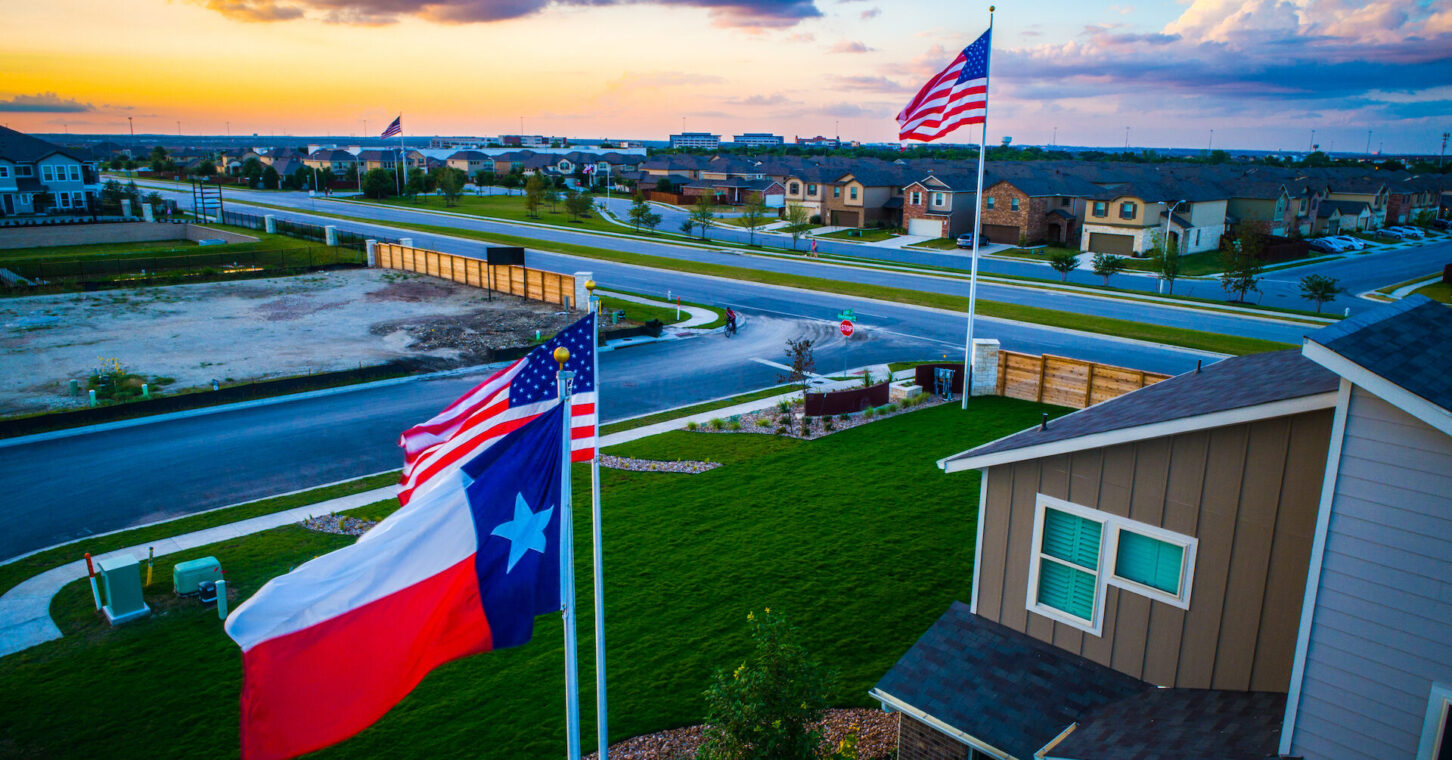
Top 10 lists come and go, mostly in unmemorable fashion. But a list that gets its subject matter exactly backward makes me stop and wonder what’s going on.
The cable business-news network CNBC annually compiles a list of the “top states for business.” Its overall figures shouldn’t raise many eyebrows. Georgia ranked an impressive fourth overall – lower than in other rankings, but nothing to be ashamed of.
In fact, CNBC’s list has many of the usual suspects toward the top: North Carolina, Virginia and Tennessee beat us out, while Texas and Florida also made the top 10. The best non-Southern states, per the rankings, were Minnesota (fifth), Washington (seventh), Utah (ninth) and Michigan (10th).
Although Michigan recently repealed its right-to-work laws, most of that is close enough to typical. That’s not surprising, given that the categories the network considered include things that are hard to change overnight, such as infrastructure, cost of doing business and business friendliness.
But one of the eight categories caught my eye, for it was so wildly out of step with reality.
Dubbed “life, health and inclusion,” this category is intended to gauge whether people might actually want to live in a place. It represents, per CNBC, the “best places to live and work.” The implication is that people must want to live in a certain place in order to be available to work for talent-hungry companies.
The 10 highest states on this score were, in order: Vermont, Maine, New Jersey, Minnesota, Hawaii, Oregon, Washington, Colorado, Massachusetts and Connecticut.
The 10 lowest: Florida, Arkansas, Tennessee, Indiana, Missouri, South Carolina, Alabama, Louisiana, Oklahoma and – coming in dead last – Texas. (Georgia narrowly avoided this ignominy, tying with Mississippi for 39th.)
But anyone familiar with the data about how Americans move from state to state found something askew.
That’s because, for a metric designed to show how attractive states are to real people, this list could hardly be more out of step with reality.
In the real world, between 2021 and 2022 seven of those 10 “best” states lost population to other states. And nine of the “worst” gained population from other states.
It wasn’t a close call. The state to which the most Americans moved in 2022, by both percentage and absolute numbers, was Florida. Texas welcomed the second-most Americans (fourth by percentage). Almost 550,000 Americans moved to one of those two states. The other seven states with gains totaled almost a quarter-million; poor Louisiana, alone, lost 46,672.
All told, the 10 states “least attractive” for living and working, per CNBC, gained three-quarters of a million new residents … from other states … in a single year.
So, how did the “most attractive” states do?
First, the good news: Vermont, Maine and Colorado gained residents.
Now the bad news: Their net increase of 18,117 was dwarfed not only by those allegedly lesser states, but by their fellow top-10 states. Those other seven highly ranked states saw more than 190,000 people combined leave their borders for greener pastures.
It’s a wonder CNBC didn’t put Illinois, New York and California – which together lost more than 784,000 residents in 2022 alone – in its top 10. (It did rank them among the top 20.)
How could this list be so wrong?
CNBC purports to go by hard data in its rankings, and that’s true as far as it goes. But deciding which data to include brings a clear subjectivity to a supposedly objective exercise. And this subjectivity injected the culture wars into the rankings, from voting laws to abortion laws. These are areas in which one must agree with the person doing the ranking to score well.
But the culture wars haven’t been paramount for most people – at least, not in the way CNBC thinks – as they make decisions about where to live and work. Economic opportunity, from job availability to cost of living, still trumps the more divisive issues that dominate the news and social media.
And that is also what’s good for business.